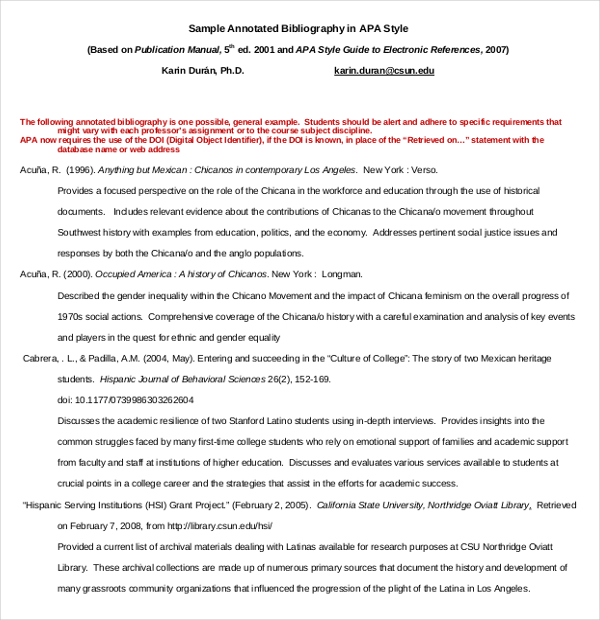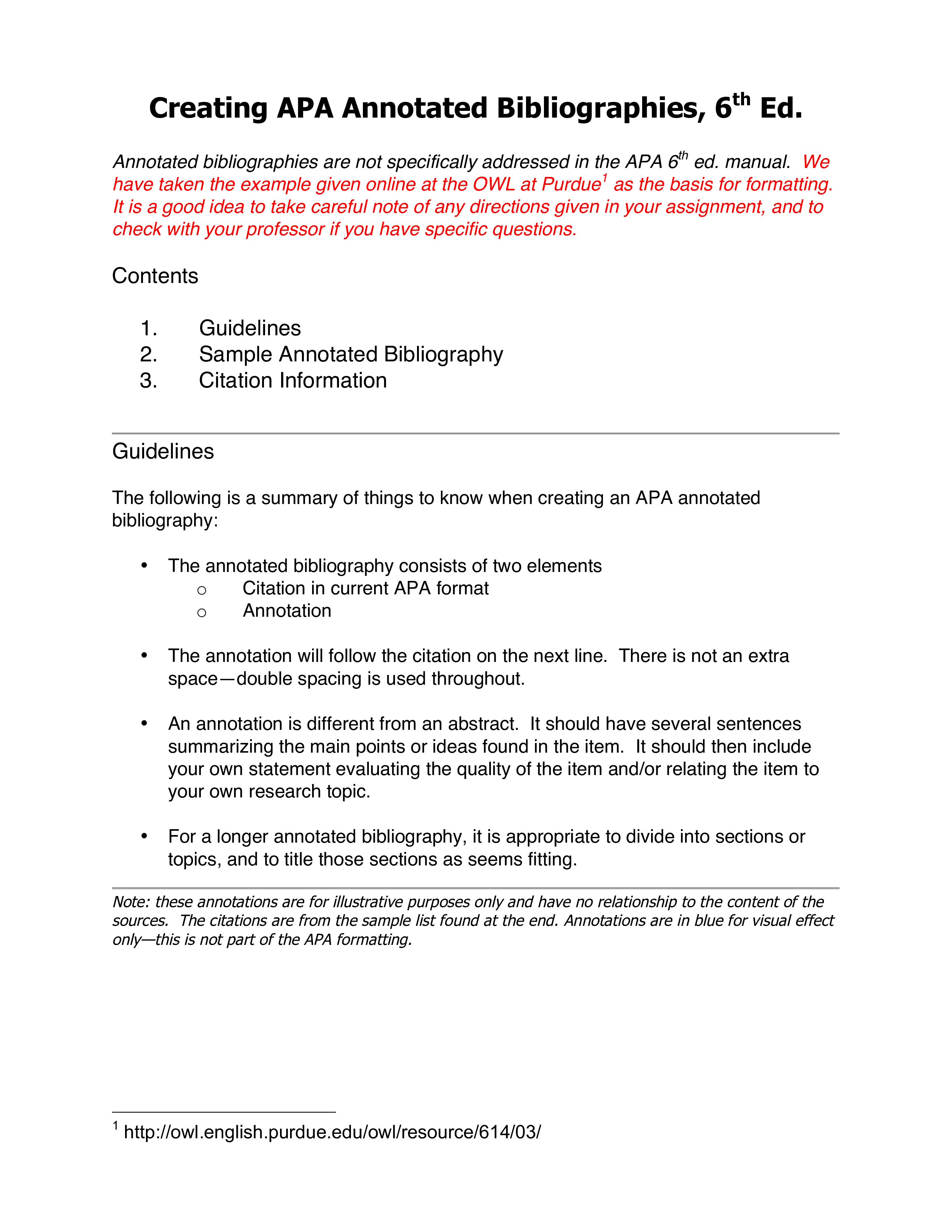
Start each annotation with a correct citation in the required citation style (e.g., APA, MLA, Chicago). Please see the APA Examples page for more information on citing in APA style. Unless otherwise advised, make sure your Annotated Bibliography is in alphabetical order. Annotated bibliographies may be arranged alphabetically or chronologically, check with your instructor to see what he or she prefers.
conclusions/results/discussion sections. Not necessarily! Look for information in: Thorough discussion, extensive research, major work in fieldĭo I have to read the entire book/article? What are the deficiencies or limitations of the work?ĭubious research methods information that is clearly missing Personal/corporate agenda, unbalanced discussion Peer-reviewed journal, reputable publisher Who is/are the author(s)? What are their qualifications?Īcademic qualifications, research background An evaluative annotation judges, in your opinion, the relevance, quality, and accuracy of each citation, in addition to describing the work.Īnnotations usually consist of the answers to the following questions: Questions to Answer:īook, chapter, scholarly article, web page Evaluative: annotations describe AND critically evaluate the sourceĪ short paragraph (50-200 words) that describes and/or evaluates each citation (source of information listed in your bibliography). An annotated bibliography is a type of bibliography that includes a comment by the author about the source in addition to the source’s publishing information. Descriptive: annotations describe the content of a source. Two types of annotated bibliographies are the most common: For example, if putting together an extensive annotated bibliography for stem cell research, it might be best to divide the sources into categories such as ethical concerns, scholarly analyses, and political ramifications.įor more examples, a quick search at a library or even on the Internet should produce several examples of annotated bibliographies in your area.An annotated bibliography is the same as a “regular” bibliography (also known as a Works Cited or References list), with the addition of annotations (short paragraphs about each source). If you are writing an annotated bibliography with many sources, it may be helpful to divide the sources into categories. Note also that the entries are alphabetized by the first word in the bibliographic entry. The bibliographic information above is proper MLA format (use whatever style is appropriate in your field) and the annotations are in paragraph form. But again, if your assignment is to only use scholarly sources, then you will probably want to avoid magazines and popular web sites. You may want to investigate how scholarly sources are treating this topic differently than more popular sources. Using a variety of sources can help give you a broader picture of what is being said about your topic. "Bush Stands Pat on Stem Cell Policy." CNN. How does it fit into your research? Is this a helpful resource? Too scholarly? Not scholarly enough? Too general/specific? Since "stem cell research" is a very broad topic, has this source helped you to narrow your topic? After summarizing and assessing, you can now reflect on this source. The length of your annotation will depend on the assignment or on the purpose of your annotated bibliography. Does it seem like a reliable and current source? Why? Is the research biased or objective? Are the facts well documented? Who is the author? Is she qualified in this subject? Is this source scholarly, popular, some of both? 
If one were really writing an annotation for this source, one would offer a brief summary of what this book says about stem cell research.Īfter a brief summary, it would be appropriate to assess this source and offer some criticisms of it.

This is the annotation of the above source, which is formatted according to MLA 2016 (8 th ed.) guidelines for the bibliographic information listed above. The Human Embryonic Stem Cell Debate: Science, Ethics, and Public Policy. Writing Letters of Recommendation for Students.






 0 kommentar(er)
0 kommentar(er)
